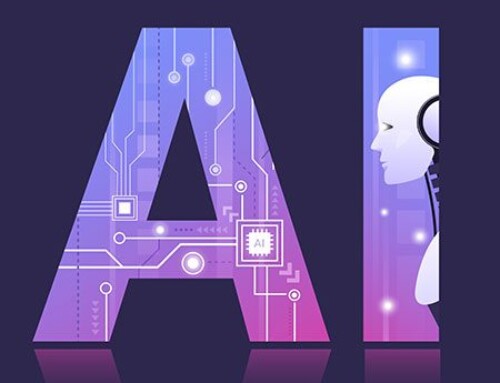03/02/2025
The artificial intelligence landscape is rapidly evolving, and organizations are increasingly required to understand the distinctions between generative AI and agent AI systems. In this article, we explore the fundamental differences between these approaches, the challenges of implementation, and practical insights from real-world applications.
UNDERSTANDING THE DISTINCTION
Generative AI and agent AI represent distinct paradigms in artificial intelligence. Generative AI systems excel at creating content, analyzing data, and responding to specific prompts, but they generally operate within limited interactions. In contrast, agent AI systems are designed to take autonomous actions, make decisions, and perform sequences of tasks with minimal human intervention.
While generative AI can assist in drafting a marketing email or analyzing customer feedback, agent AI can independently manage an entire email campaign. It can adjust content and timing based on performance metrics and orchestrate a complex customer service workflow across multiple channels.
IMPLEMENTATION CONSIDERATIONS
Infrastructure Requirements
Implementing generative AI typically requires less complex infrastructure, as these systems focus mainly on input-output operations. Organizations can often deploy generative AI through API integrations or standalone applications. In contrast, agent AI demands more sophisticated infrastructure to support autonomous operations, decision-making capabilities, and integration with multiple systems.
The experience of a mid-sized financial services firm illustrates this contrast. Their initial implementation of generative AI for document analysis required minimal changes to existing systems. However, when transitioning to agent-based automation for loan processing, they needed to completely redesign their workflow systems and security protocols.
Risk Management
The risk profiles of these technologies vary significantly. The risks associated with generative AI primarily revolve around content accuracy, bias, and data privacy. Agent AI introduces additional concerns regarding autonomous decision-making, system control, and operational dependencies.
A manufacturing company's experience provides valuable insights. While its generative AI system for technical documentation worked within clear boundaries, when it implemented agent AI for supply chain optimization, it needed to develop new risk frameworks for autonomous purchasing decisions and vendor interactions.
COMMON PITFALLS AND SOLUTIONS
Integration Challenges
Organizations often underestimate the complexity of integrating AI systems with existing workflows. Generative AI usually requires simple API integration, while agent AI needs more extensive system modifications.
A healthcare provider's implementation highlights common challenges. Their generative AI for medical transcription integrated smoothly, but their agent-based scheduling system required extensive modifications to existing appointment systems and staff workflows.
Change Management
The human element often creates more significant challenges than technical implementation. Generative AI typically enhances human work, facilitating smoother adoption. Agent AI has the potential to fundamentally alter job roles, necessitating more robust change management efforts.
One retail organization's experience underscores this distinction. Their customer service team quickly embraced generative AI for response suggestions, but implementing agent AI for automated customer interaction management faced substantial resistance until they launched an extensive retraining program.
Scaling Considerations
Each approach presents different challenges for scaling. Generative AI scaling primarily involves managing computational resources and data quality, while agent AI scaling requires careful attention to system dependencies, decision-making frameworks, and operational boundaries.
A logistics company's expansion demonstrates these differences. While its generative AI for route optimization scaled linearly with computational resources, scaling its agent-based fleet management system required rebuilding its entire operational framework.
ESSENTIAL IMPLEMENTATION STRATEGIES
Organizations that successfully implement either type of AI generally adhere to several key principles:
- Start with clear use cases aligned with business objectives.
- Implement robust monitoring and control systems.
- Ensure transparent communication about AI capabilities and limitations.
- Develop comprehensive training programs for affected staff.
- Establish clear escalation protocols for AI-related issues.
CONCLUSION
Organizational needs, technical capabilities, and risk tolerance should drive the decision between generative AI and agent AI implementations. While generative AI offers quicker returns with less implementation complexity, agent AI presents a more significant potential for autonomous operations and handling complex tasks.
Key Takeaway Points:
- Generative AI excels in specific tasks with defined inputs and outputs, whereas agent AI oversees complex, autonomous workflows.
- Infrastructure requirements vary significantly, as agent AI necessitates more advanced systems and controls.
- Risk management frameworks must adapt as organizations transition from generative to agent AI implementations.
- Successful deployment requires careful attention to change management and staff training.
- Scaling considerations should be included in initial implementation planning.
- Clear governance frameworks and monitoring systems are crucial for both approaches.



